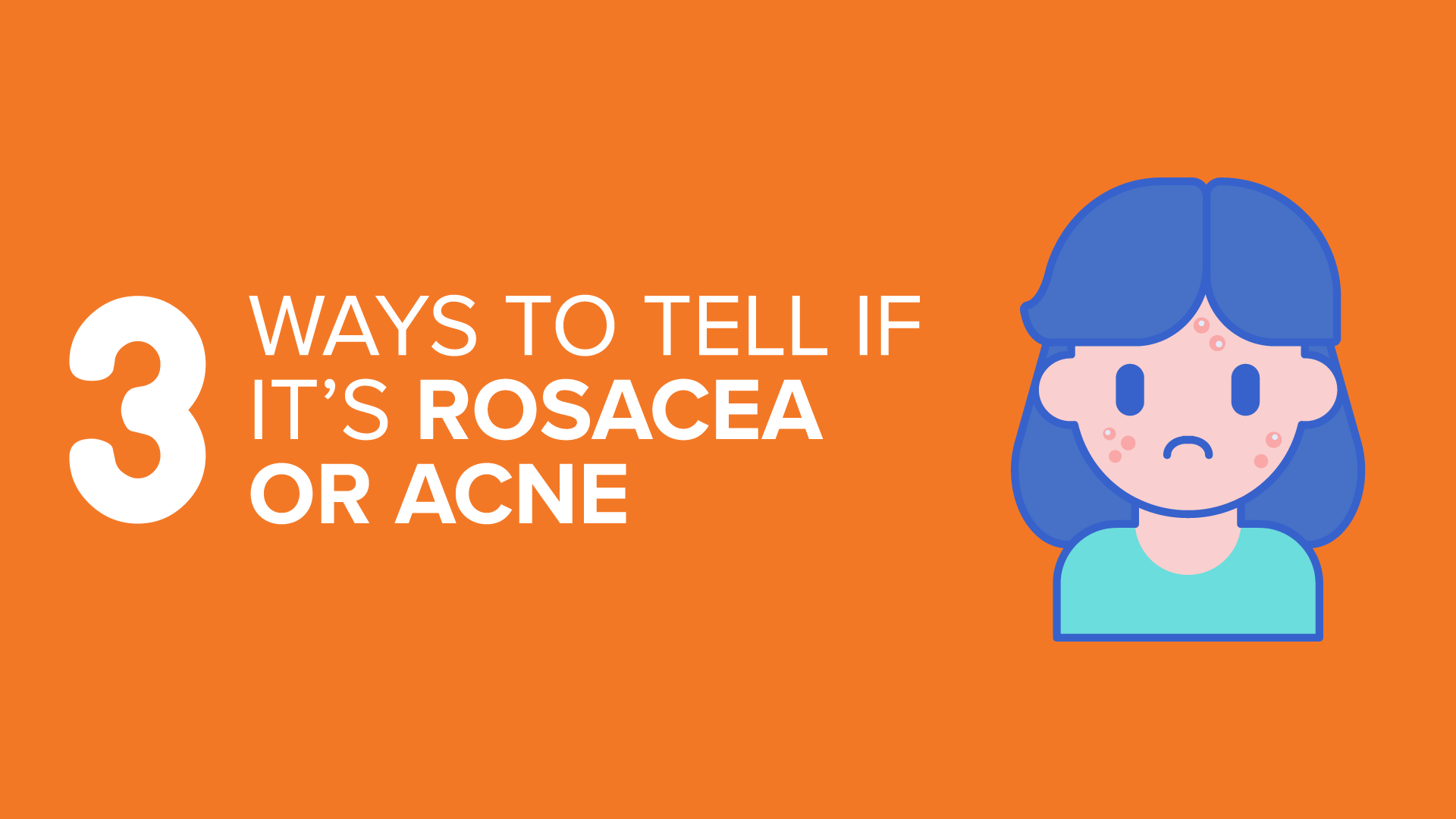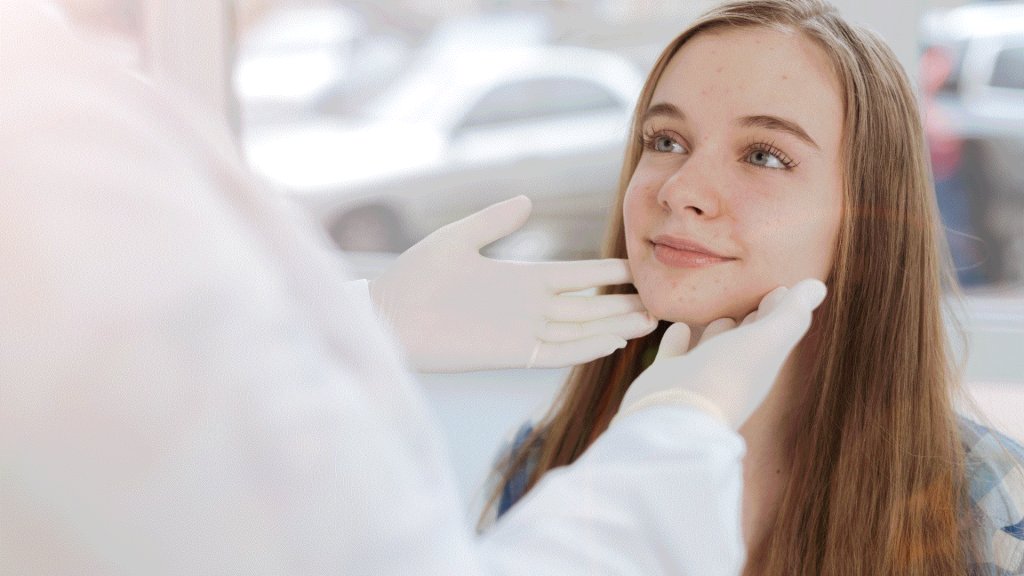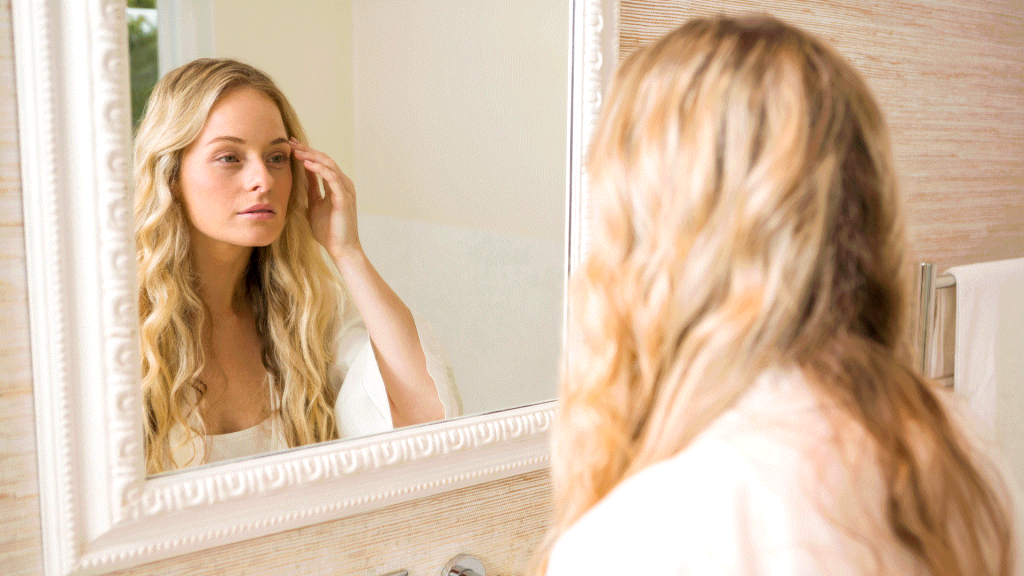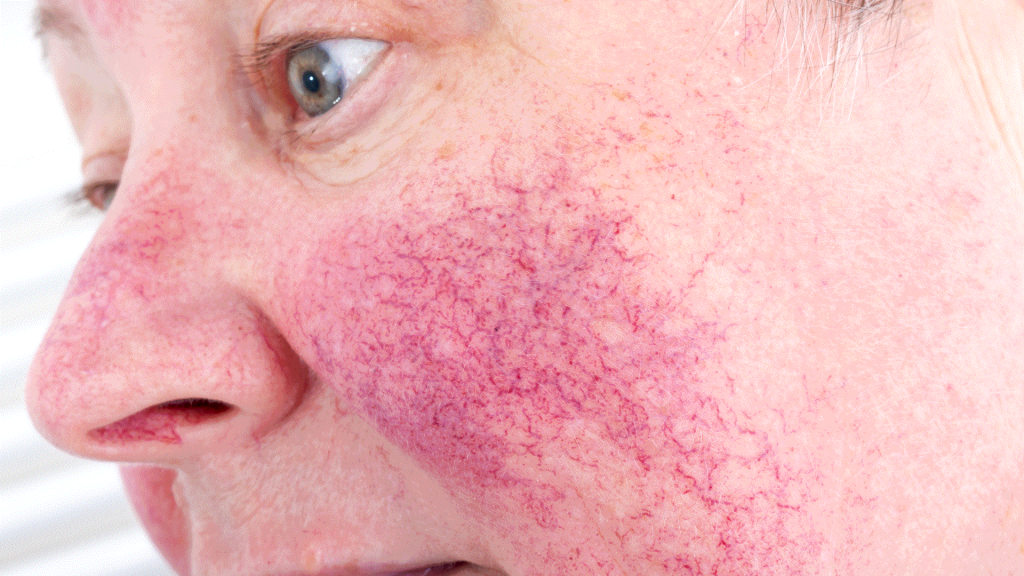3 Ways To Tell If It’s Rosacea Or Acne

Is It Rosacea Or Acne? It’s Hard To Tell At Times, But There’s A Few Ways To Know!
Rosacea and acne are some of the most common skin conditions we treat here at The Dermatology Office. However, it is often the case that many people mistake the two.
While we always suggest visiting a professional to determine the exact skin condition you’re dealing with, there are a few clues that you can learn to tell the two apart.
For the most part, there’s 3 ways to tell if it’s rosacea or acne:
- Who It Appears On
- Where It Appears
- How It Appears
Let’s take a closer look at the 3 ways you can tell if it’s rosacea or acne.
1. Who It Appears On
When it comes to rosacea, the AAD says that it is mainly people in the age range of 30 – 50 that tend to get this skin condition. It does also seem to be a skin condition that happens more predominantly amongst those who have fair skin.
When it comes to acne, it’s generally the case that anyone can get it. That means anyone of any race, color and age can get it. However, it is mainly preteens and teenagers who deal with acne.
2. Where It Appears
Rosacea seems to mainly occur in the middle of the face, right between the eyes. But it is also possible for rosacea to manifest on the neck, upper back, and chest.
However, it seems acne appears mainly on various parts of the face. Acne can also appear across the neck, upper back, chest and shoulder areas as well.
3. How It Appears
Perhaps the biggest distinction between rosacea and acne is the details in their appearance.
With rosacea, the appearance is mainly characterized as a “red flush” that consists of a series of blood vessels appearing more visibly on the face.
However, with acne the redness seems to be only around the actual pimples themselves.
However, there are small, red bumps filled with mucus with rosacea, which is part of why it can be mistaken for as acne.
Another difference between the two is that in rosacea you have the reddening of eyes, making them appear bloodshot and swollen. This does not happen with acne.
Lastly, when it comes to the skin itself, acne produces more of an oily appearance whereas rosacea produces more of a dry appearance.

What You Can Do About Rosacea And Acne
While we hope the information in this post provides you with some clarity on how to differentiate both skin conditions, we always suggest having things looked at by a professional.
At The Dermatology Office, we can take a closer look to see whether or not you’re dealing with rosacea or acne.
By being able to label the skin condition, we can provide you with a personalized treatment plan that will help treat and clear your condition – no matter which of the two it is.
If interested in getting things checked out more closely, you can get in touch to schedule a consultation by clicking below.
See you soon!



